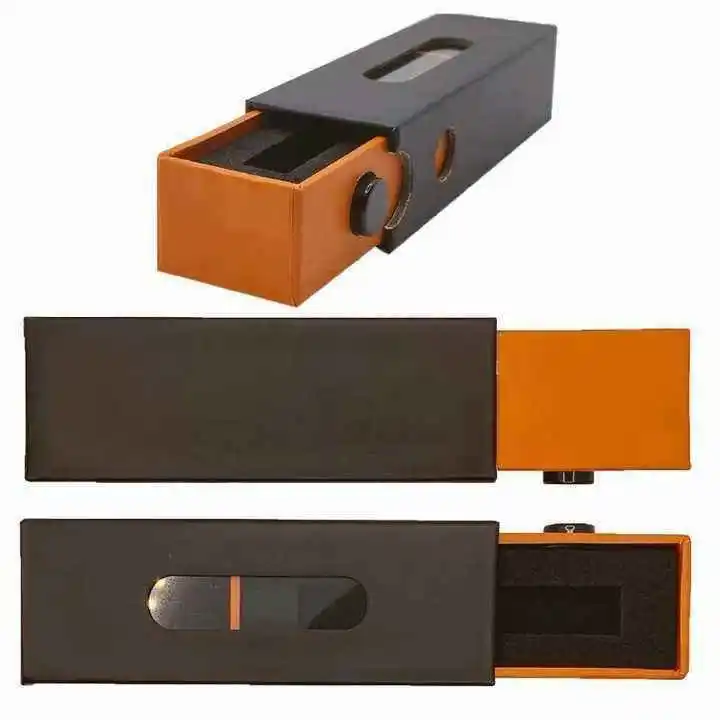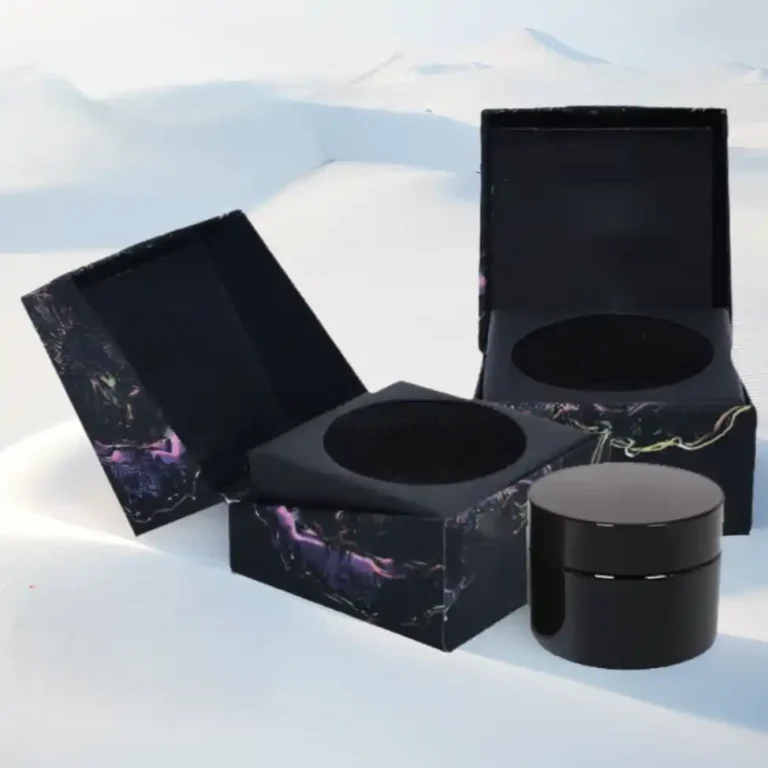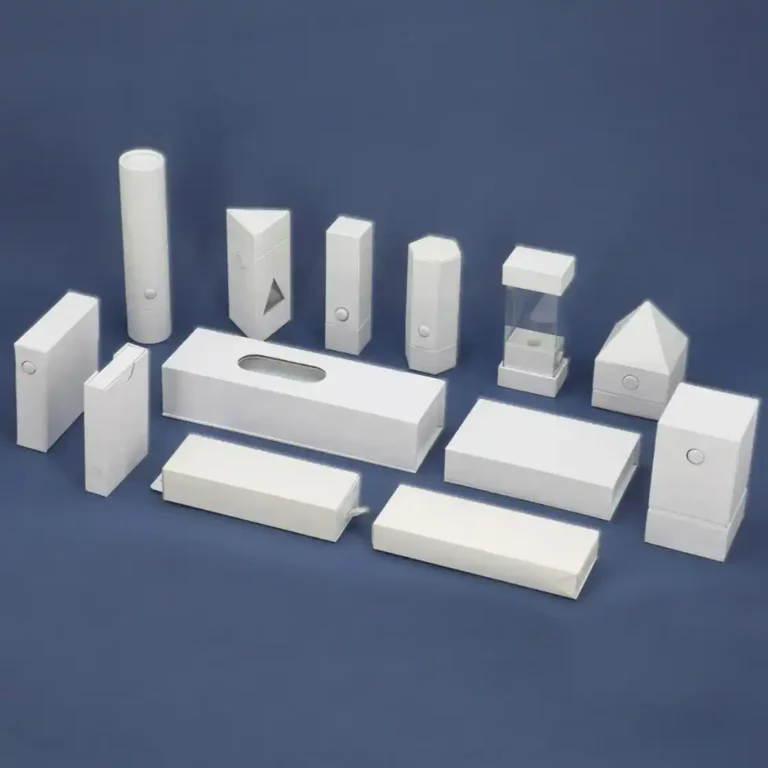How To Design A Cardboard Paper Box For Wristwatch?
If a wristwatch could talk, it would whisper: “Dress me well, and I’ll tick with pride.” Your box is that suit. Below I’ll walk you through a human, hands-on process I use when designing watch packaging that not only looks premium, but protects, ships, and sells. I’ll sprinkle in field notes people often share in real communities (Reddit and Quora), and a few imperfect phrases—because real humans talk messy sometimes.
Table of Contents
TL;DR
- Start from the watch’s story and risk profile (fragility, strap type, channel).
- Pick a structure that fits the story: flip-top, lid-and-base, book-style, or drawer.
- Nail the fit: pillow vs. T-pillow vs. tray; watch face and crown clearance are a must.
- Choose wrapper papers and finishes that match your brand, not fight it.
- Design the unboxing choreography (how it opens, reveals, feels) as deliberately as the dial.
- Prototype fast, ship safe, then iterate based on real buyer reviews (yes, actually read them).
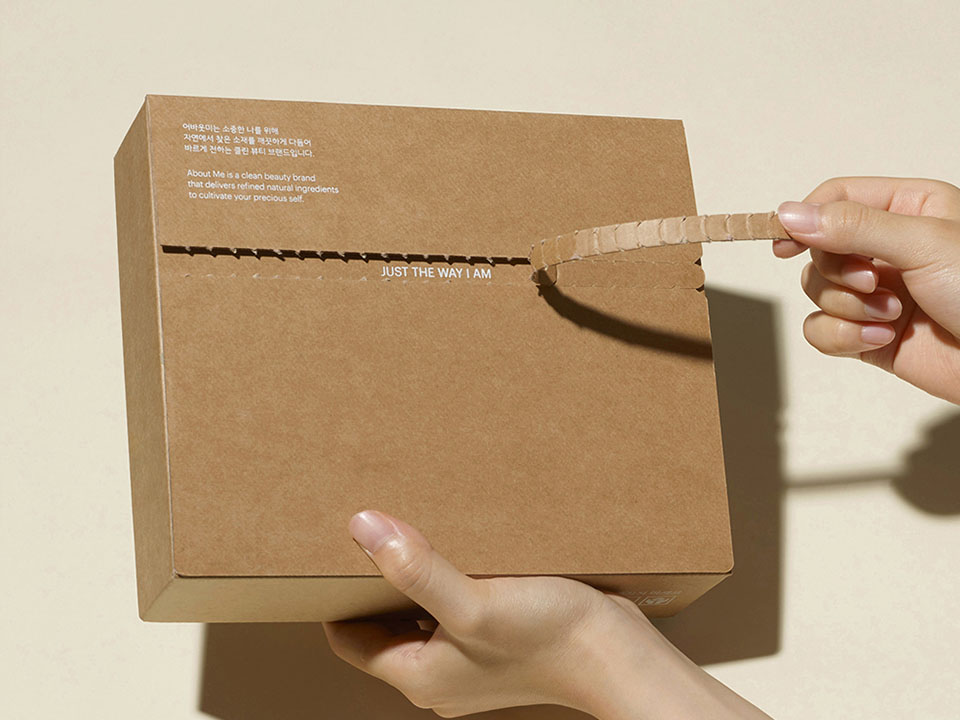
1) Begin with the constraints
Ask three quick questions:
- Where will it sell? E-commerce needs more edge crush strength and secure closures than boutique sales.
- Who’s the buyer? Minimalist buyers prefer matte, textured papers; gift-givers love a “ta-da” moment.
- What’s precious? Sapphire crystals, plated parts, and long straps all change insert design.
When you’re ready to explore real structures and materials, peek at category inspirations like paper gift boxes or even jewelry boxes when you want softer, presentation-first ergonomics.
2) Choose the right box architecture
A) Flip-Top Watch Box
This style acts like a little stage door—open and the watch says hello. Because the body is a rigid paper embryo (no living hinge), you add a ribbon to control the opening angle and prevent stress on the spine. Insert: T-shaped pillow or standard pillow; pick based on case size and strap stiffness. Best for: Gifting, boutique displays, influencer shots. Try it: See a flip-style vibe in a custom flip-top magnetic gift box and adapt the proportions for watches.
B) Lid-and-Base
Classic, protective, stackable. Online sellers love it because it’s robust in transit and works at many quality tiers. Machine-made options keep tolerances neat. Insert: Foam with velvet wrap, molded pulp, or a fitted pillow. Best for: E-commerce, scalable runs, multi-SKU brands. Explore: Luxury 2-piece rigid set-up boxes provide the general format; adjust inner tray for a watch crown gap.
C) Book-Shaped Box
Opens like a novel—left to right—with a reveal moment that feels… editorial. You can separate the strap from the watch head or include extra straps on the opposite panel. Insert: Dual-panel layout with strap channels, elastic tabs, or tray wells. Best for: Collector editions, strap-swap kits, gift sets. Inspiration: The custom book-shaped magnetic gift box vibe, adapted for watch-specific inserts.
D) Drawer Box
Feels premium and gift-y. Similar protection to lid-and-base but a more luxurious “reveal”. Usually you add a ribbon pull for ergonomics. Processing is a bit more complex than a simple two-piece. Insert: Foam or EVA tray, sometimes flocked, sitting in the drawer. Best for: Premium SKUs, retail shelves where front-facing pulls are eye-catching. See relatives: Rigid paper sliding drawer for smart watch packaging or luxury rigid drawer gift box for jewelry to study pull strength and sleeve thickness.

3) Size the interior like a watchmaker
- Case clearance: Leave room around the bezel and especially the crown so it doesn’t dent the insert.
- Pillow fit: The pillow should compress just a bit (it do the job) to stabilize the head without distorting straps.
- Strap channels: For stiff leather or bracelet links, provide shallow channels so the watch sits level.
- Accessory wells: If you include a mini booklet or strap tool, give it a dedicated cavity (shifting paper bits look cheap in unboxing).
Pro tip from community chatter: owners complain when the pillow is too big and bends the strap holes on day one; aim for a snug-not-stressed circumference.
4) Pick your wrapper materials & finishes like you pick a dial
Gift boxes can be wrapped in many papers: art paper (for high-fidelity printing), leatherette paper, embossed textures, glossy stocks, writing/pure pulp papers, and special substrates. Combine these with:
- Soft-touch lamination for a velvet handfeel.
- Foil stamping for the logo (gold, silver, colored foils).
- Deboss/emboss for tactile branding.
- Spot UV to add contrast on matte fields.
For sporty smart-watch lines, check a clean approach like matte rigid smart watch packaging. For classic dress pieces, a faux-leather wrap with a velvet tray—see concepts adjacent to PU leather watch gift boxes—often reads “heirloom” without going loud.
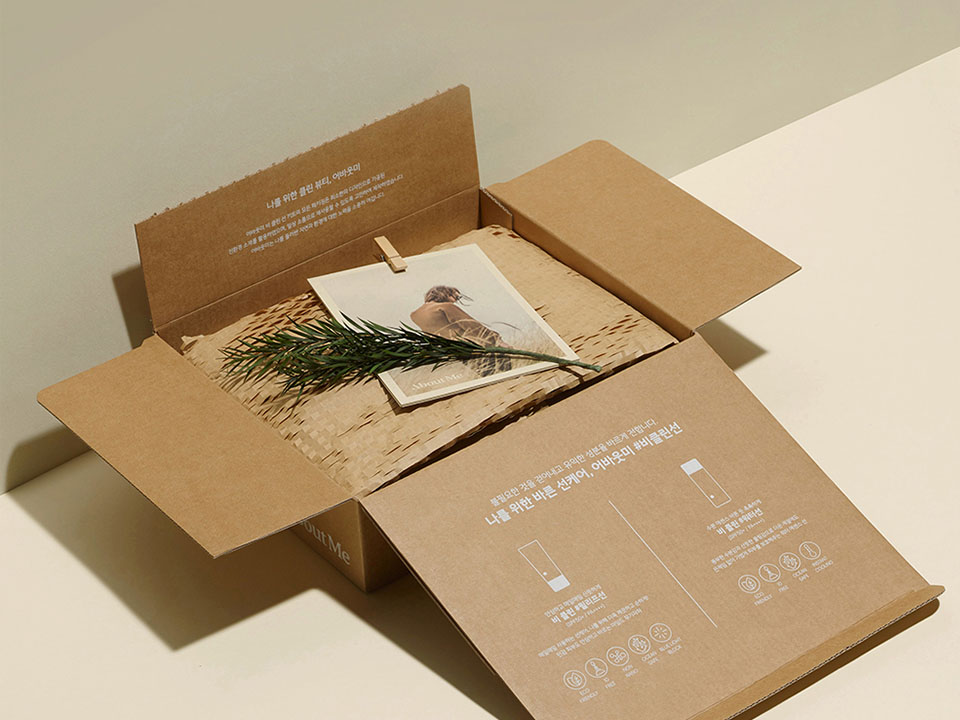
5) Choose the insert: pillow, T-pillow, or precision tray?
- Common pillow: Great for most straps, comfy visual.
- T-shaped pillow: Stabilizes larger heads and keeps the strap from twisting.
- Foam/EVA tray with cutout: Ultra-secure for e-commerce; wrap in velvet or microfiber to avoid scuffs.
- Plastic or paper pulp tray: When you want green vibes or a modern retail look.
If you offer metal bracelets and NATO straps in the same SKU family, consider modular inserts (pillow + removable cradle). That reduce returns because fit is forgiving.
6) Unboxing choreography
Redditors talk a lot about “feel”: magnet snap strength, the sound of the lid, the glide of a drawer. Aim for:
- Opening resistance: A tiny bit of tension feels premium.
- Reveal order: Brand mark → watch face → accessories.
- Finger access: Simple recesses so nothing is hard to grab.
- Scent & texture: Textured paper and a faint new-paper smell (not gluey) can sound silly, but it’s real psychology.
Quora buyers often mention they keep the nice watch box on a shelf; if your box is display-worthy from the side profile too, you win long-term brand impressions at zero extra ad spend.
7) Print & brand details that actually sell
- Keep brand marks minimal; oversized foils can look try-hard.
- Use spot colors that align with the dial or strap.
- Add a micro-pattern (tonal) inside for discovery, not noise.
- Put quick-start or care card under the insert rather than floating free.
If you’re exploring broader packaging families, browsing glitter paper finishes or holographic effects can inform special editions without changing your core dieline.
8) Durability & shipping
- Corners & edges: Rigid board thickness matters, but so does lining grain direction.
- Magnet placement: Too close to edges can cause print debossing; give them a little buffer.
- Transit kit: For e-commerce, pair the gift box with a snug mailer and corner guards.
- Humidity: If shipping globally, choose adhesives and wraps that won’t wrinkle in damp climates.
Drawer and lid-and-base styles travel best for mass shipping; flip-tops are gorgeous but need that ribbon stop to prevent fatigue at the spine.
9) Sustainability
- Prefer recyclable wraps and water-based coatings when possible.
- Offer a reusable box (drawer styles shine here).
- Keep metallic foils small; they look luxe even when you use them sparingly.
If you’re building a packaging line that extends beyond watches—tubes, bags, mailers—stay coherent with a family look. You can explore related formats on paper tube packaging or printed corrugated boxes for outer-shipper systems.
10) Prototyping workflow that saves headaches
- Sketch the hierarchy (outside → reveal → insert).
- Build a rough mock (even hand-cut board works).
- Check fit with multiple strap types and the tallest crown in the line.
- Do a drop test from desk height; adjust insert firmness.
- Pilot run and collect reviews; revise magnet strength or pillow size if folks complain.
- Lock the dieline and color targets only after pilot feedback.
Need production-grade help or a starting point? Start at the homepage, then jump into watch-adjacent casework like custom rigid drawer boxes for essentials (study inserts), magnetic fold styles (study closure), or electronics boxes (study protective trays).
Common mistakes
- Oversized pillows that bend leather on day one.
- Crown collision with tray walls (leave radial room).
- Fussy ribbons—too thin and they wrinkle, too wide and they jam drawers.
- Unclear finger notches, so customers rip the insert by accident.
- Reflective lamination everywhere—looks cheap under store lighting.
Real-world echoes
- Reddit watch folks frequently praise boxes that don’t smell like glue and open with a soft magnetic “kiss,” while dragging boxes that squeak or shed glitter.
- On Quora, new owners often ask how to store extra straps; a book-style with a strap panel is perceived as value-add, even when the watch itself is mid-range.
- Both places complain when the logo is screaming. Subtle wins. Also, they keep the “nice ones” on desks—so side profile matters.
FAQ
Q1: Pillow or tray—what’s better? Pillow is warm and gift-y; tray is secure and e-commerce proof. If you sell online, consider a tray wrapped in velvet for the best of both worlds.
Q2: Can I mix finishes? Yes—matte body, foil logo, and a tiny spot UV line can feel classy. Just don’t over-decorate it. Less but better.
Q3: What about smart watches? Give clearance for charging pins and include a small accessory cavity. See the mood in matte rigid smart watch packaging and sliding drawer smartwatch formats.
Q4: Any quick inspiration boards? Browse paper gift boxes, folding cartons for outer shells, and glitter/holographic for limited editions.
Your next step
Pick the structure that matches your sales channel, prototype a single SKU with the right insert, and pressure-test the unboxing. If you want to bounce dielines or materials, start from the homepage and explore relevant formats like custom flip-top magnetic, 2-piece rigid, drawer, or PU leather watch gift box—then tailor the insert to your exact watch geometry.
Design it like your watch: precise, honest, and a little bit charming.






